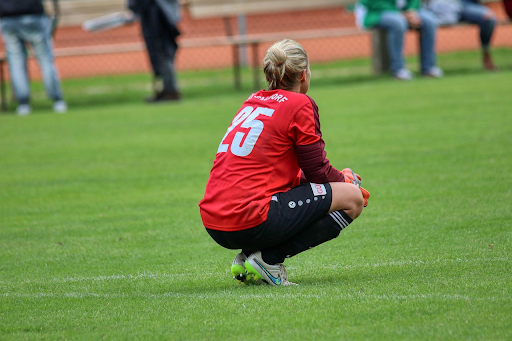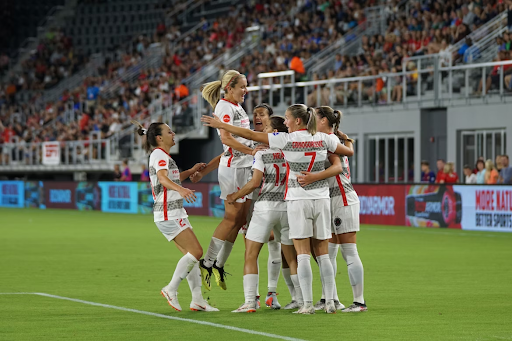Women’s football is no longer a sideshow, but an industry transforming the sports market globally. The betting firms monitor the odds of new divisions on a full-time contract. Rights deals run into millions of dollars. Investors examine figures that cannot be overlooked. This increase can be measured in the size of World Cup crowds or grassroots development, and cannot be ignored. The transition is enormous, and the consequences are real.
Early Barriers and Breakthroughs
Women’s football was neglected or even forbidden by national federations for decades. The 1921 FA ban on England lasted half a century, affecting both club games and finances. By the time FIFA held the first Women’s World Cup in 1991, most of the teams were unprofessionally trained or equipped.
Players had to cover their travel expenses, were part-time trained, and were treated with derision in the media. The recognition movement was gradual, and it only occurred with constant advocacy and grassroots support. Sports betting sites are now tracking leagues that would not have existed without this fight. These early battles are the source of the professional systems and visibility that is enjoyed today.
Media Coverage and Sponsorship Growth
Women’s football is attracting actual money and a serious audience. Games are available worldwide, as broadcasters pay to secure exclusive rights. Sponsorships are not charity; they are a calculated investment that increases club budgets and liquidity in betting.
Big shifts examples:
- International Audience: The 2019 Women’s World Cup drew more than 1 billion viewers, underscoring a significant market opportunity.
- Major Sponsorships: the multi-year agreement with UEFA ensures stable funding and a professional level for Visa.
- Merchandise Sales: Nike had sold out of national team kits within hours, indicating high retail sales and brand loyalty.
Such transactions boost the budgets of clubs, increase player salaries, and provide bettors with more information to evaluate matches.
Expanding Opportunities and Social Change
Women’s football opens actual routes to players with specific investment. New value is created in clubs, federations, and communities. The expansion changes the stakeholders allowed to play, coach, and lead. It also makes previously closed positions available. Even online casino slots brands observe the tendencies of sponsorships that redefine the economics of the sport. This dynamic system establishes long-term structures of future talent.
Professional Leagues and Youth Development
Higher leagues offer higher salaries, attract foreign players, and draw betting activities due to favorable odds. The television rights and full-time employment are guaranteed in the England WSL, France D1 Arkema, and Spain Liga F. Precise youth academies imply that kids do not only play as a hobby, but they train to pursue professional careers.
Federations in South America invest in girls’ competitions to prevent talent loss to other sports. Japan and the US have elaborate development systems that support national teams. Clubs also recruit young players at a young age, offering scholarships and a clear path to a professional contract.
Advocacy and Gender Equality
Players pressure federations to sign equal contracts and conditions. The equal pay agreement of the USWNT serves as an example that other teams use when negotiating. The Australian national team received an equal share of the prize money revenue, and federations considered changing their pay systems.

In addition to salaries, players are struggling over travel standards, training facilities, and medical support. There are campaigns against inequality when it comes to sponsorship and media attention. This activism makes a difference in policy, the courts, and the overall value of the sport to bettors, influencing their evaluation of the strength and stability of the leagues.
Regional Differences in Popularity
The women’s leagues in Europe attract the best players with good salaries and large attendance. WSL in England sells broadcast rights in the continents. Spain and France spend on training and access to stadiums, providing bettors with credible information on the form. Complete contracts are supplied by the clubs, which make lineups and odds predictable.
Funding, travel, and a few facilities are obstacles in Africa and some parts of Asia. Playing fields are often in poor condition, and medical support is minimal. The federations in South America organize women’s tournaments, but they often lose players to Europe. There are regional disparities in the quality of matches, player transfers, and the betting market that monitors these trends.
Future Challenges and Prospects
Clubs require the presence of modern training facilities and medical personnel. Many players continue to earn less than $20,000 per year. FIFA aims at 60 million female players by 2026. The world will not be competitive unless there are enforced pay standards and young investment, because the best will continue to move to a few wealthy leagues.




